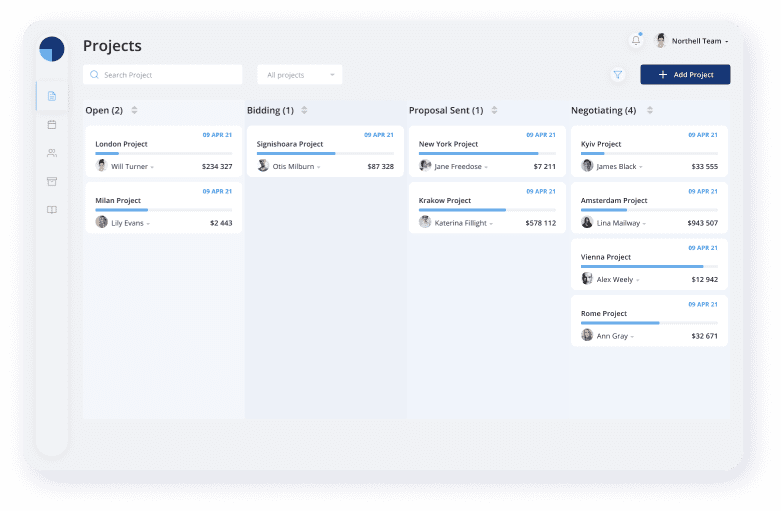

Challenge
Our team needed to make custom software for RhinoDox, which could transform into SaaS over time. We examined the entire workflow and, together with our partner, came up with a system for optimizing and automating processes with the help of custom software. Our partner wanted a user-friendly product with diverse functionality that would cover all the users' needs and would work smoothly and quickly.
The main challenge for our team was to understand the idea of the platform, the interaction between the primary personas of the platform and the main product goals. User Testing helped us to cope with this challenge.
Solution
Using various backend technologies to build a cloud-based business automation platform to improve team collaboration and speed up project management as well as building security functions for low latency platform which can be accessed from anywhere at low bandwidth speeds.
Result
Revenue within 1 year the of new platform
Using a simple, yet scalable CMS solution like Wordpress to develop a frontend with complex modules in the backend using latest technologies, but with ease of use drag and drop functions for the administrators.
The Strategy
Based on the concept of the application, requirements and business analysis, we prepared a roadmap to start the development in an agile manner.

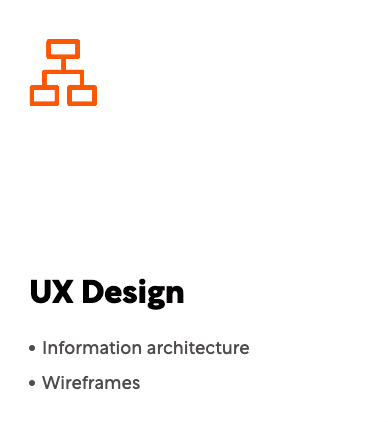
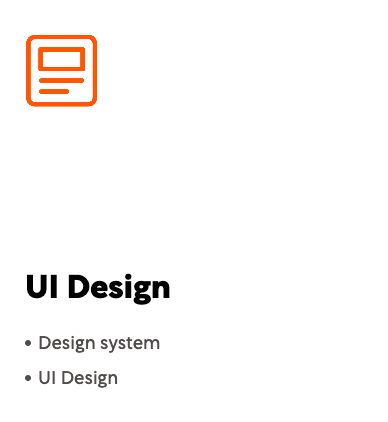
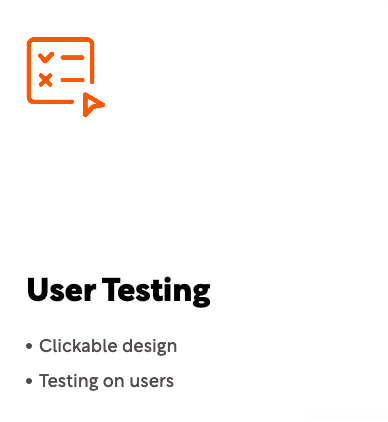
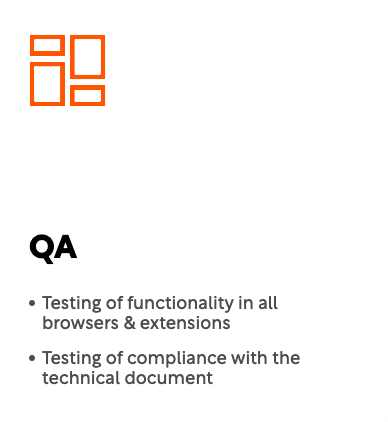
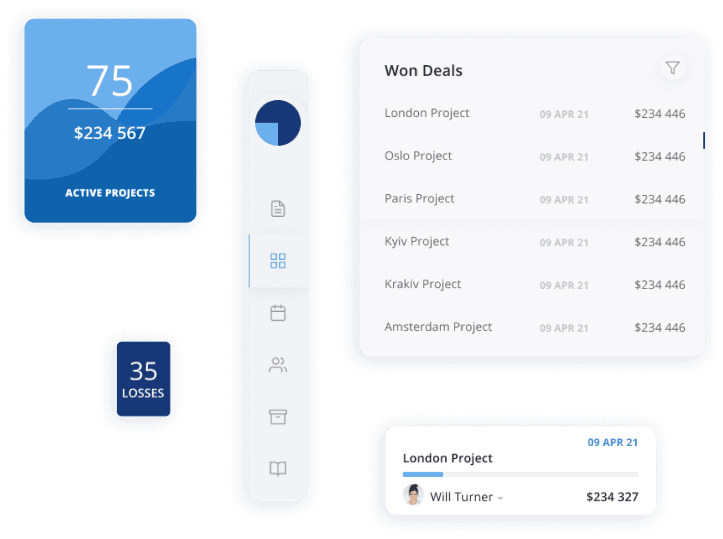
Design System
For RhinoDox, we developed a new design system. RhinoDox had its company’s brand colors, but together we decided to change everything and create a new platform style. As a result, we made the platform more attractive and modern.
UI Design
The UI design of the platform was supposed to be calm, neat and minimalistic. We focused on the fact that people will work on the platform for a long time.
Therefore, we chose blue as the main color for the platform. This color conveys reliability, calmness and does not irritate the eyes. It was also essential for us to add air to those platform pages where there is a lot of data and numbers. Everything had to look neat and not confuse the user.
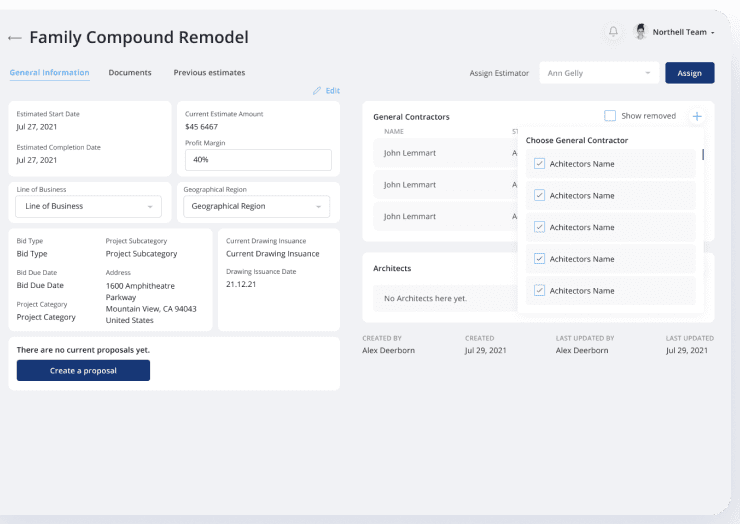
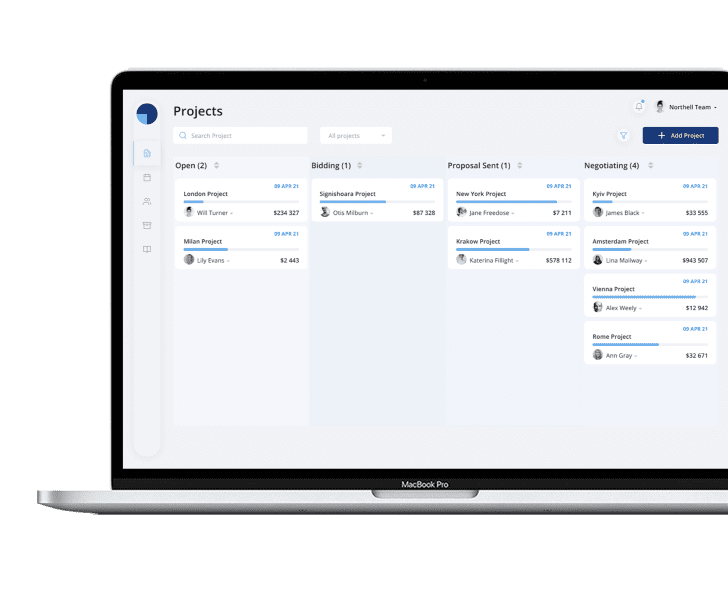
Projects List
This section contains all detailed information about the projects. The user can filter projects by various criteria, view project estimates, add documentation, add and remove contractors, and much more. In fact, this section was created to manage all projects that are being worked on.
Calendar
The calendar displays the start and end of the project. Also, using the calendar, users can find out the cost and profit of the project, its duration, location, etc. All previously completed projects are saved in the calendar, and users can easily find the project they need by entering the date.
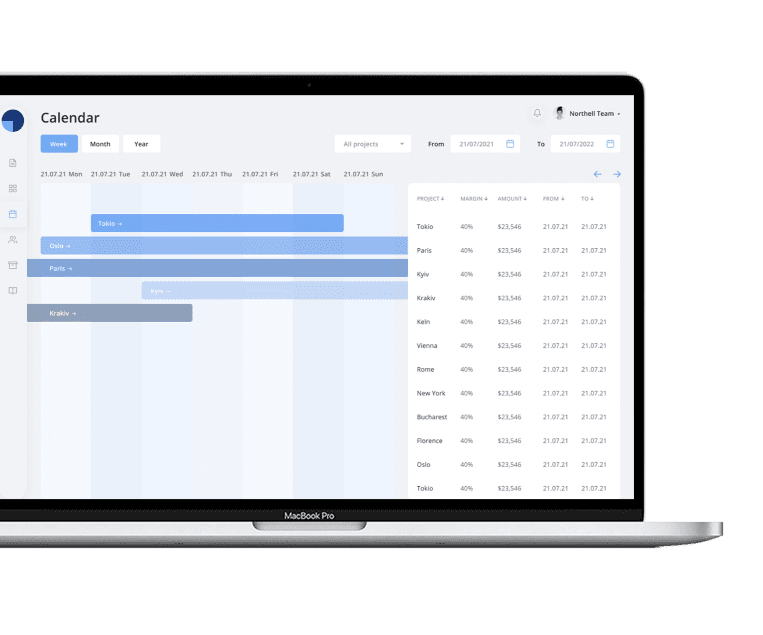

Clause Library
The library contains data that users can use to set up workflows on the platform. The library contains the following data: General Qualifications, Predefined Scopes, Inclusions and Exclusions.
Manager Dashboard
The manager’s Dashboard shows the total number of active projects and their total cost. Also, on the Dashboard, the manager can analyze the Wins/Losses chart.
On this graph, users can sort projects by their type, estimator or general contractor. Won deals and lost deals are shown in a separate section on the Dashboard. Also, being on the Dashboard, managers have the opportunity to create a report.

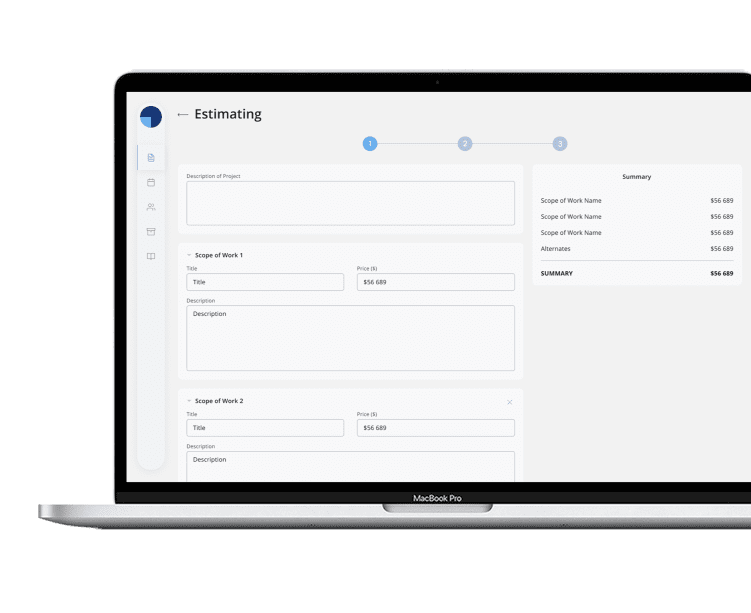
Development
Our front-end developers were responsible for the client side of the application. Back-end developers were responsible for API and database development. We tested every new feature released. The DevOps team worked on the CI/CD process.
Our team also developed the REST API. When creating the REST API, we used generally accepted practices such as:
-
Using the secure HTTPS protocol
-
Applying as many
HTTP codes as possible
-
Archiving large blocks of data
Testing
QA engineers tested all delivered code and carried out manual testing for developed components.
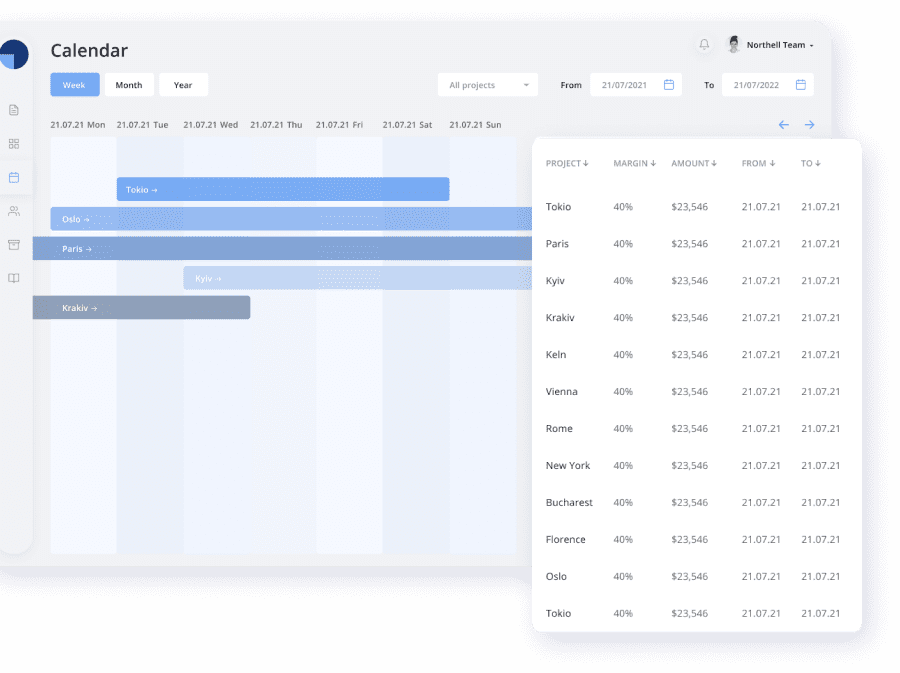
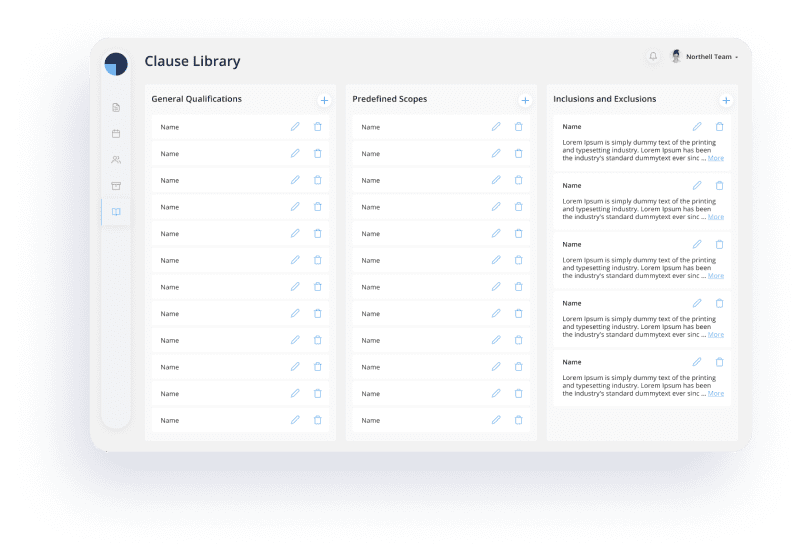
Deployment
After the development and regression testing from the QA team, we switched to production deployment and integration. The tested version of the product was delivered to the users for beta testing. The team collected user feedback, fixed all the bugs, and implemented some improvements.
Maintenance
After deploying a RhinoDox product on the production environment, if any issue comes up and needs to be fixed or any improvements are to be done is taken care of by the Northell development team.
